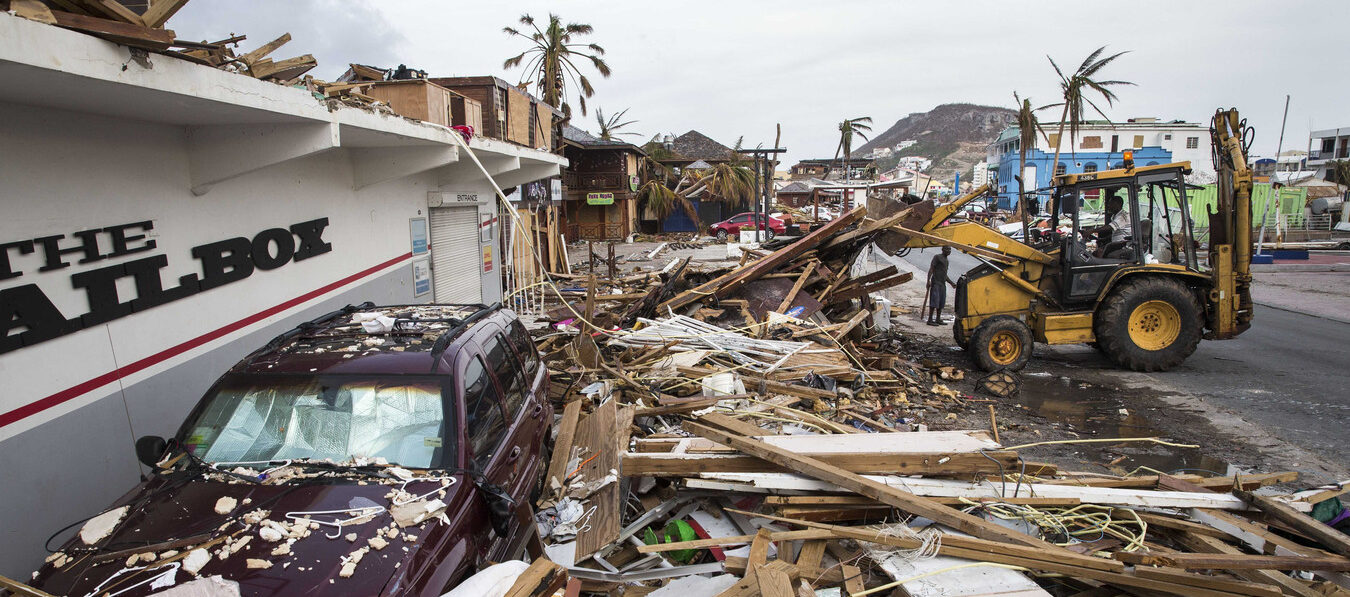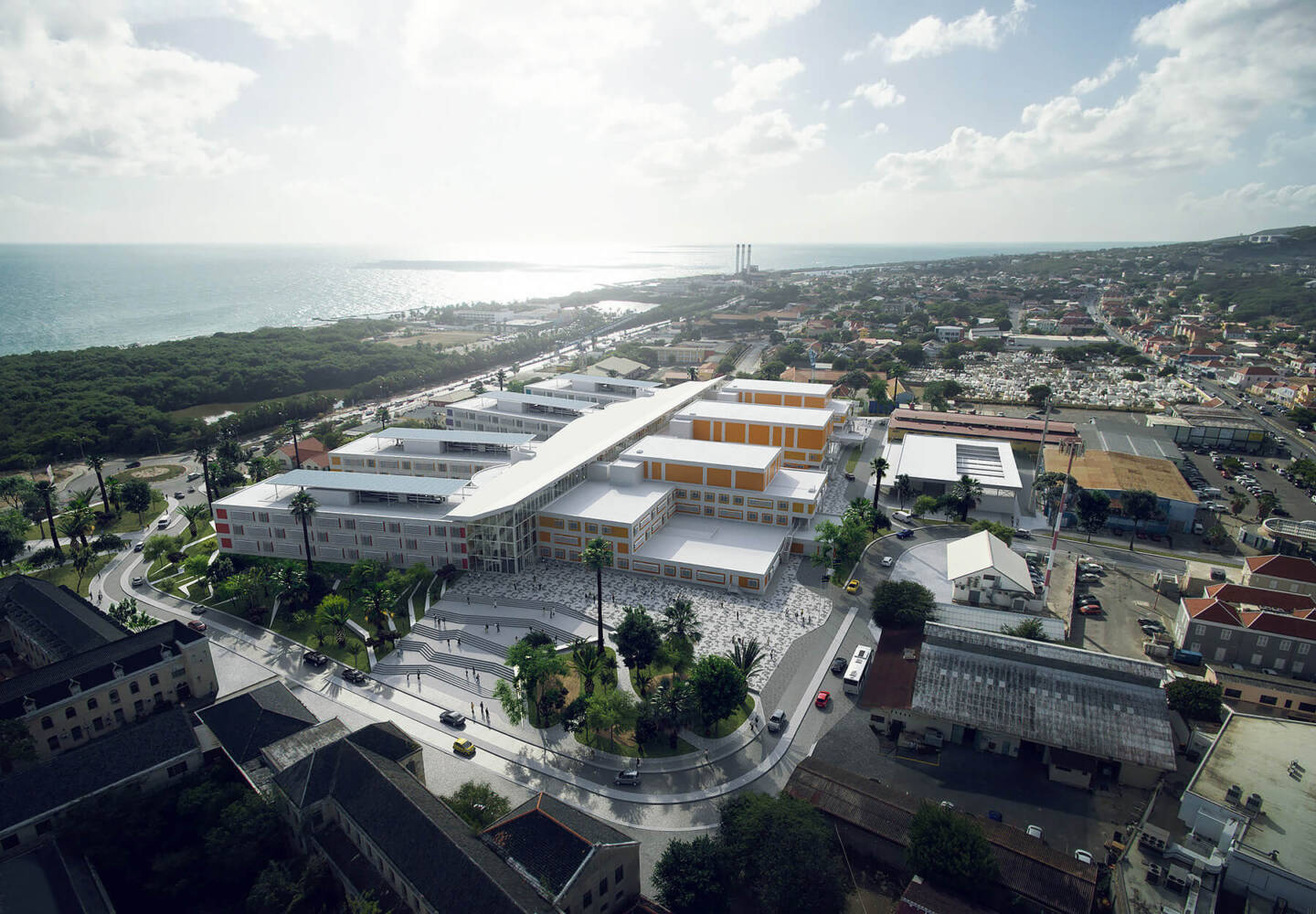The future climate of the Caribbean will be even hotter and drier, especially in the dry season. Saba, Statia and Saint Martin can prepare for more severe hurricanes more often. This is what KNMI scientists concluded today with their latest climate scenarios.
With the data from the latest UN IPCC report, the Royal Netherlands Meteorological Institute (KNMI) has also calculated scenarios for the Netherlands and for the first time also for Bonaire, Saba and Statia.
Conclusions KNMI
|
The higher the emissions, the greater the warming and the more extreme the weather. Global emissions will be decisive, says the KNMI. “This means that climate policies aimed at reducing emissions can make a big difference for the future climate of Bonaire, Saba and Statia.”
More wind on ABC islands
For Bonaire (and sister islands Curaçao and Aruba), the KNMI sees a stronger increase in wind speed in the dry scenarios and in the wet season. The increase is smaller for St. Eustatius and Saba.
El Niño or la Niña?
There is a striking difference, which is not yet fully understood. Less rainfall and much more wind is what is expected in the future. This corresponds to the climate phenomenon El Niño. During a La Niña there is more rain and less wind.
But scientists take into account that rainfall will decrease less rapidly in the coming decades than the models currently indicate. Because what they observe seems to differ from what the models
currently calculate. So further research is needed. “The difference may influence the climate scenarios for the Caribbean,” the KNMI concludes.
Humanity is creating a warmer and more extreme climate
It is certain that humans influence the climate, says the KNMI. Never before in at least the past 2,000 years has Earth’s temperature risen as rapidly as it is now. The IPCC concludes this in the sixth climate report, which was published in August 2021. The global average temperature in 2022 was 1.2°C higher than in the pre-industrial era (1850-1900).
With further warming, the frequency and intensity of heat waves, extreme rains and droughts will continue to increase worldwide. Some changes, such as warming of the oceans, melting of the ice caps and rising sea levels, will continue for centuries to millennia.








